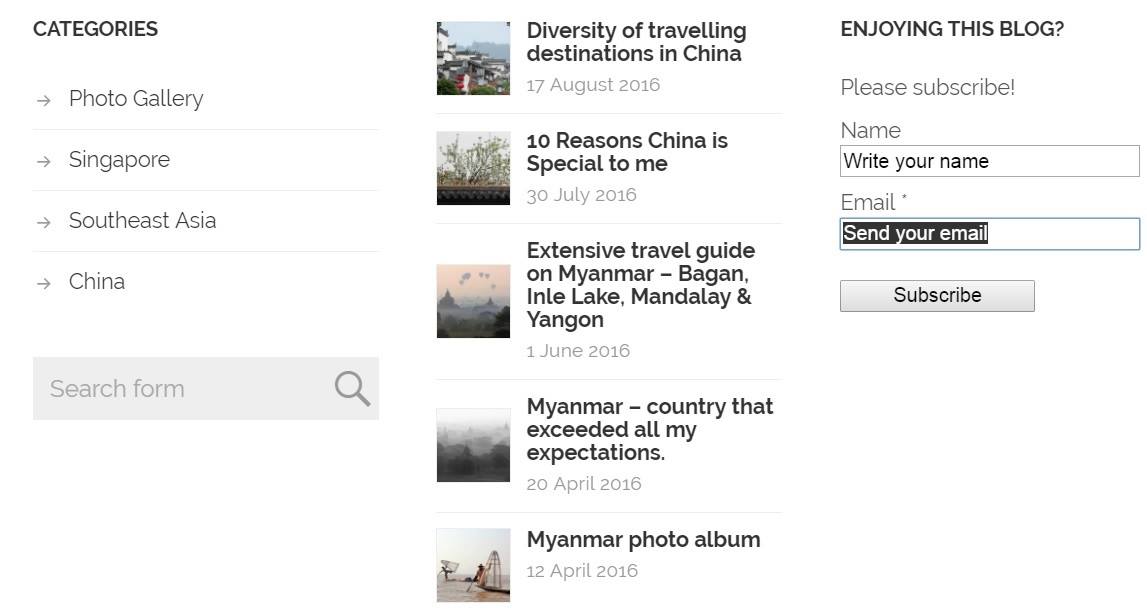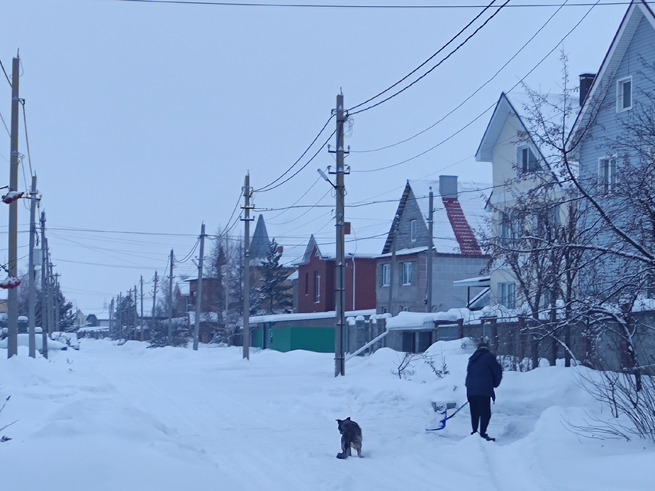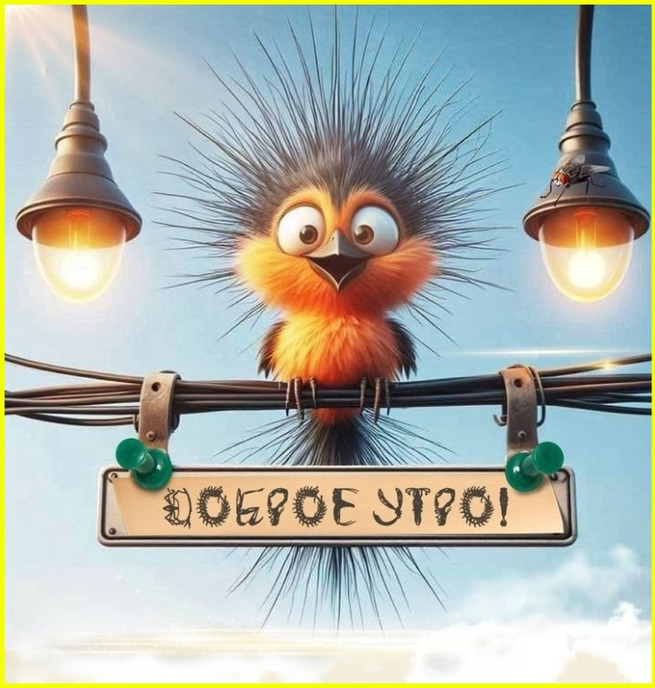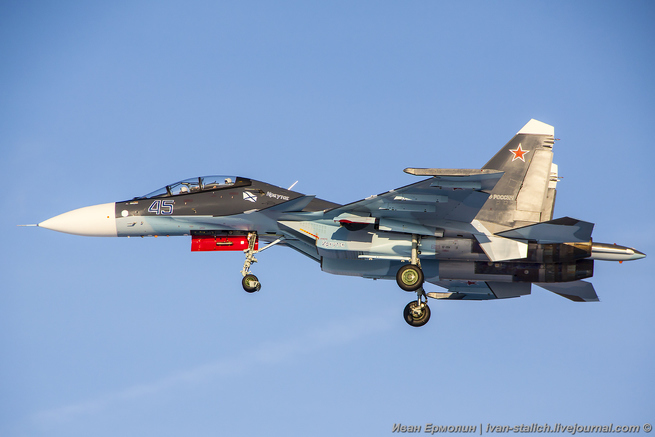Замечательная статья о китайском языке!
(на английском) Для не владеющих - будет понятна и с гугл переводчиком...
Оригинал взят у Tatiana Ermolina: http://www.exploretravelinspir...
I love Chinese language! Don’t you find it intriguing to understand the meaning of those pictures on paper? To be able to read them? I think Chinese written language is beautifully structured and oral language is poetic. The characters are interesting to look at and they always fascinated me in many ways.
For one, Chinese language represents the oldest language and the most ancient writing system in the world that still exists. Plus, it is used by the majority of the population of Earth no less: more than one billion Chinese speakers (800 million of which speak Mandarin) over just about 300 million English speakers.
More than that, it makes sense. I know it looks complicated, but it really does make sense. For example, character 安 that means “secure”, “calm” consists of 2 radicals (宀 + 女) – “roof” & “woman”underneath it. I do believe you can understand a lot about the culture and people from the language they speak. Thus, for Chinese, to be calm and secure means a mother at home. Isn’t that great?
A couple more of my favourite examples:
木 means a tree
2 trees will be a grove: 林 (used mostly for sequoia and bamboo groves or a small orchard)
3 trees will make a dark and gloomy forest: 森
And if you add a person (人,simplified 亻) to a tree – you will get “rest”: 休. Who of us doesn’t like to rest in a shade of a spreading tree on a hot sunny day?
Last one, just to add a bit of sexism (who says the world we live in is perfect?):
“Good” in Chinese will be “a woman with a son”: 女+子=好 (“Woman” + “Son” = “Good”)
Getting back to the beauty of Chinese language – depending on what people were writing on in a certain period of time the way characters looked also changed. The history of Chinese written language started from writing on bones and turtle shells, it made it “soft” and round looking; moving to bronze and then to stone helped it to evolve to what we see now – straight clear lines, square forms and sharp angles (try carving circles on stone and you’ll see why).
Plus, the oldest Chinese characters are modified pictures and when you see how it evolved it becomes easier to remember them. Though it doesn’t work for all of the words, it is still interesting to learn the historical origin and how it gradually advanced through ages. I combined a couple of pictures from the World Wide Web and from teaching materials I got to show you some examples:

A while back, I had a conversation with one of my friends that in other languages you can guess the meaning of the word from the context. Well, you can do so in Chinese as well (as long as you understand at least some words, of course).
We were discussing the sentence like “I was riding _____ in the park”. From the content, you can guess it is probably a bicycle, though it might as well be a scooter, skateboard or even a car (electrical one for kids for example).
With Chinese it is actually easier to identify the word since each of the characters will give you a clue to its meaning, i.e. bicycle will be 自行车, literally: “personally (manually) movable vehicle”, whereas skateboard will be 滑板, where 滑 is “smooth / slide” and 板 means “plank / board”.
Generally speaking, you can even guess the pronunciation of the character from the parts it consists of. Yes, you can’t read words letter by letter, but you can at least make an attempt (I, personally, was never good at that). Chinese characters consist of two radicals (basic characters, there are just 214 of those) with usually the left one representing the meaning and the right one – the phonetics.
Quick example: 桥 means “bridge” and is pronounced as Qiao. 桥 consist of a radical “wood” – 木 (on its own sounds as mu) and radical that gives the character its sound – 乔 (Qiao).
Also, wanted to share with you one of the amazing examples of learning Chinese the easy way, using Chineasy method, created by talented ShaoLan. She even shared this method at TED stage – very inspiring, do check it out! She does show the easy side of learning Chinese language and I think it’s perfect for those who want to try but afraid to start just by the look of it.

Chineasy – Learn to read Chinese … with ease!
Ok, I think I need to stop myself here. I’m very passionate about Chinese language, as you might have guessed by now, and if not interrupted on time, I can talk about its history and structure for the whole day. And this article is not about that per se.
Please do share your thoughts on the topic! Feel free to ask questions, leave remarks, agree or disagree with me.
PS. Quick side note.
I myself am very happy Mainland China decided to simplify those characters. Have you seen some of the full forms?
Here’s a character for “airplane”: 飞机 in modern (“flying” + “machine”) and in traditional – 飛機
Подписывайтесь





























Оценили 3 человека
6 кармы